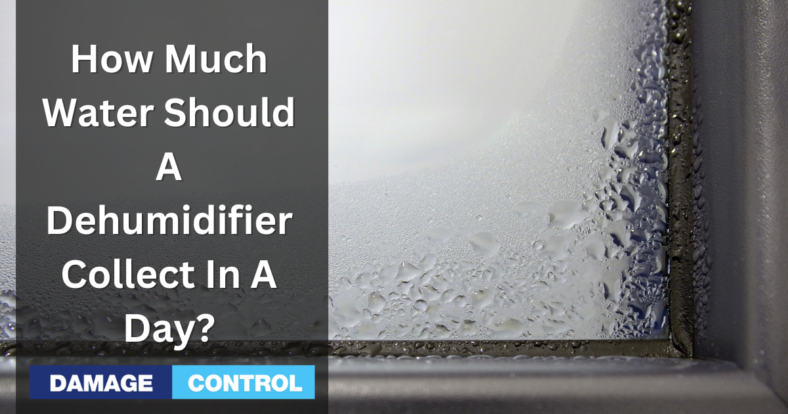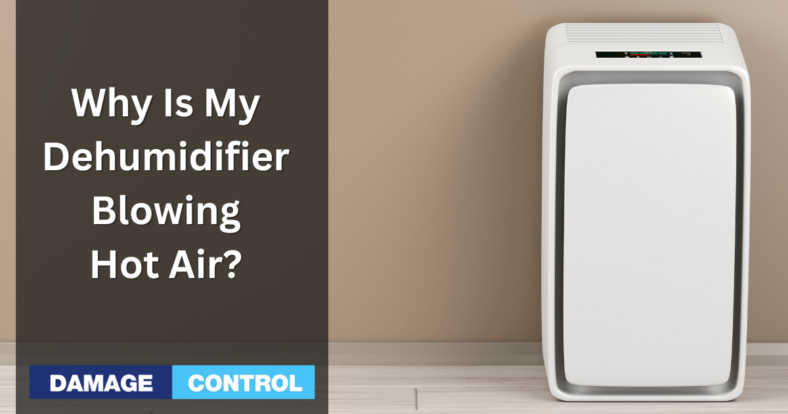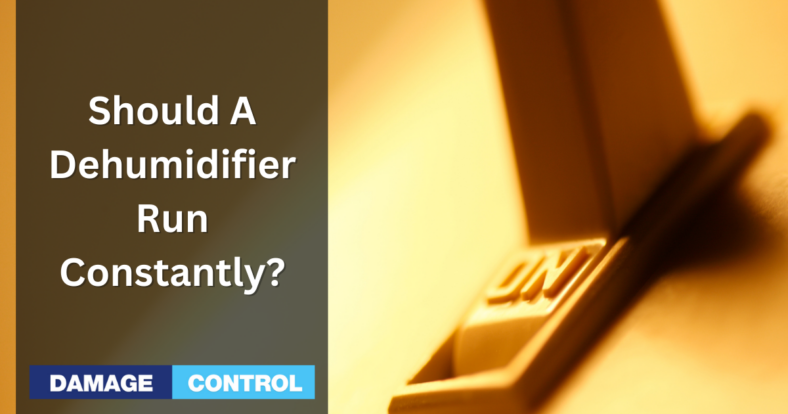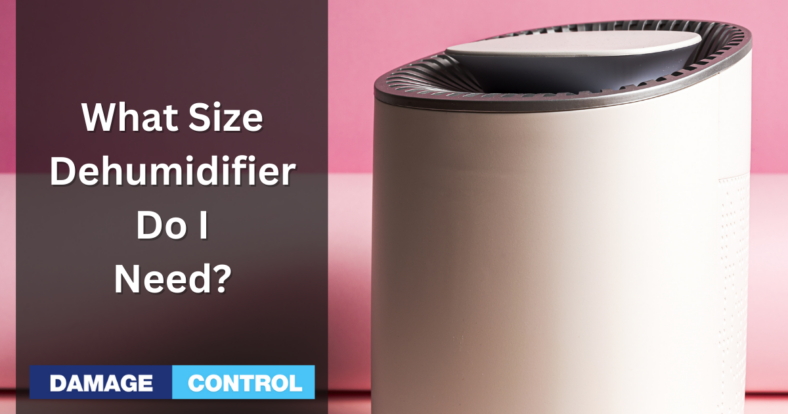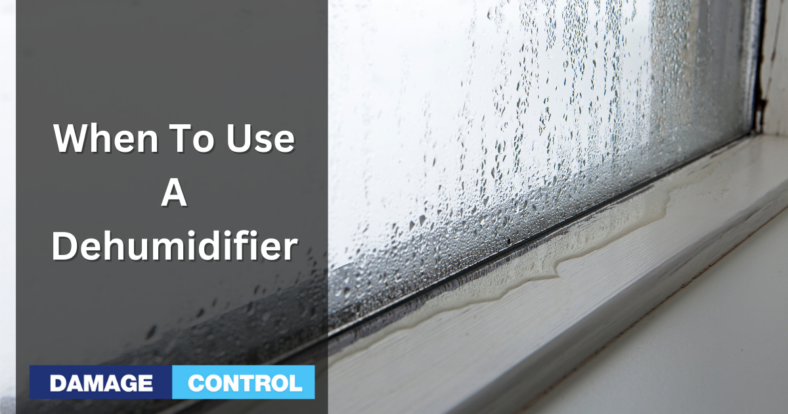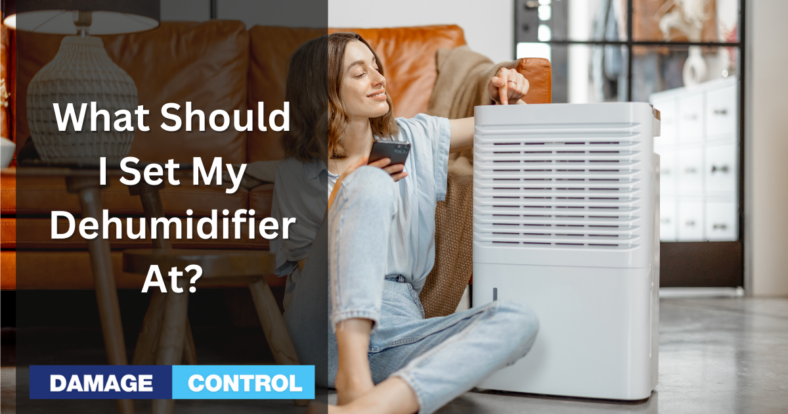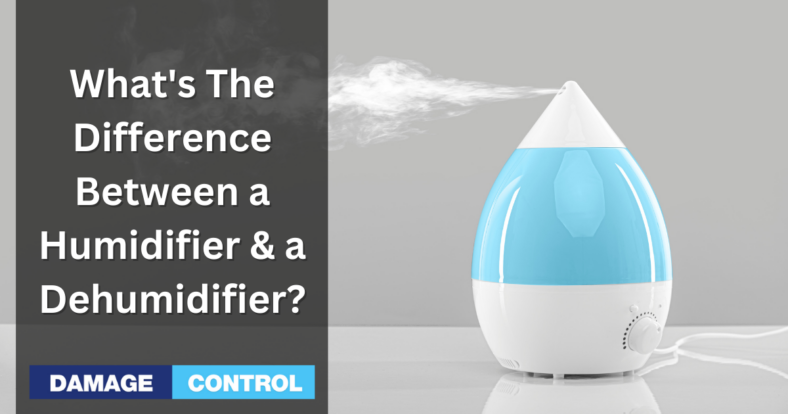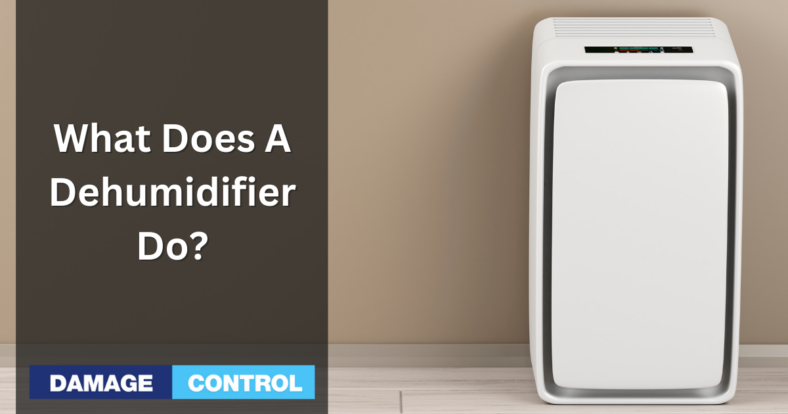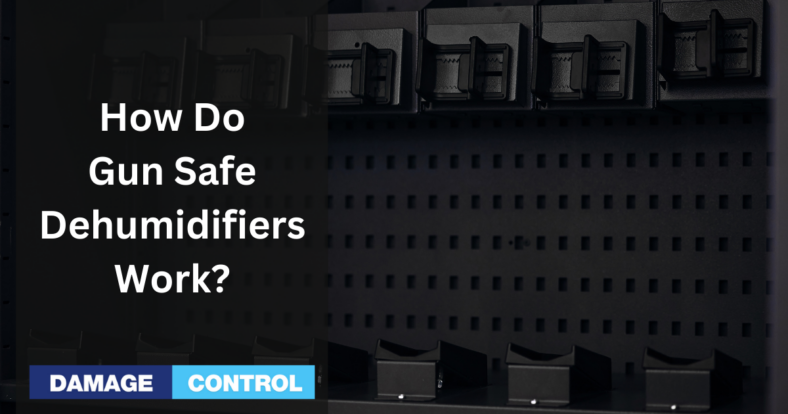The amount of water a dehumidifier collects in a day varies widely based on factors like the unit's capacity, the size of the space, and the level of humidity. Generally, in moderately humid conditions, a standard residential dehumidifier can collect between 10 to 20 liters of water per day.
However, in very damp conditions, this amount can be higher. It's important to choose a dehumidifier with a suitable capacity for the space and humidity level to ensure effective moisture removal.

